Problem description
I am trying to understand and implement the Curve Global Approximation, as proposed here:
https://pages.mtu.edu/~shene/COURSES/cs3621/NOTES/INT-APP/CURVE-APP-global.html
To implement the algorithm it is necessary to calculate base function coefficients, as described here:
https://pages.mtu.edu/~shene/COURSES/cs3621/NOTES/spline/B-spline/bspline-curve-coef.html
I have trouble wrapping my head around some of the details.
- First there is some trouble with variable nomenclature. Specifically I am tripped up by the fact there is
](../../images/3875146988.webp) as function parameter as well as input and
as function parameter as well as input and ](../../images/3865906388.webp) . Currently I assume, that first I decide how many knot vectors I want to find for my approximation. Let us say I want 10. So then my parameters are:
. Currently I assume, that first I decide how many knot vectors I want to find for my approximation. Let us say I want 10. So then my parameters are:
I assume this is what is input parameter ](../../images/3875146988.webp) in the coefficient calculation algorithm?
in the coefficient calculation algorithm?
If input parameter ](../../images/3875146988.webp) was one of the elements of the knot vector
was one of the elements of the knot vector ](../../images/3865906388.webp) , then there was no need for an interval. So I assume
, then there was no need for an interval. So I assume ](../../images/3875146988.webp) is actually one of these elements (
is actually one of these elements (  ?), defined earlier:
?), defined earlier:
Is that assumption correct?
- Most important question. I am trying to get my N to work with the first of the two links, i.e. the implementation of the Global Curve Approximation. As I look at the matrix dimensions (where P, Q, N dimensions are mentioned), it seems that N is supposed to have n rows and h-1 columns. That means, N has rows equal to the amount of data points and columns equal to the curve degree minus one. However when I look at the implementation details of N in the second link, an N row is initialized with n elements. I refer to this:
Initialize N[0..n] to 0; // initialization
But I also need to calculate N for all parameters ](../../images/3875146988.webp) which correspond to my parameters
which correspond to my parameters  which in turn correspond to the datapoints. So the resulting matrix is of ddimension
which in turn correspond to the datapoints. So the resulting matrix is of ddimension ( n x n ). This does not correspond to the previously mentioned ( n x ( h - 1 ) ).
To go further, in the link describing the approximation algorithm, N is used to calculate Q. However directly after that I am asked to calculate N which I supposedly already had, how else would I have calculated Q? Is this even the same N? Do I have to calculate a new N for the desired amount of control points?
Conclusion
If somebody has any helpful insight on this - please do share. I aim to implement this using C++ with Eigen for its usefulness w.r.t. to solving M * P = Q and matrix calculations. Currently I am at a loss though. Everything seems more or less clear, except for N and especially its dimensions and whether it needs to be calculated multiple times or not.
Additional media
In the last image it is supposed to say, "[...] used before in the calculation of Q"



